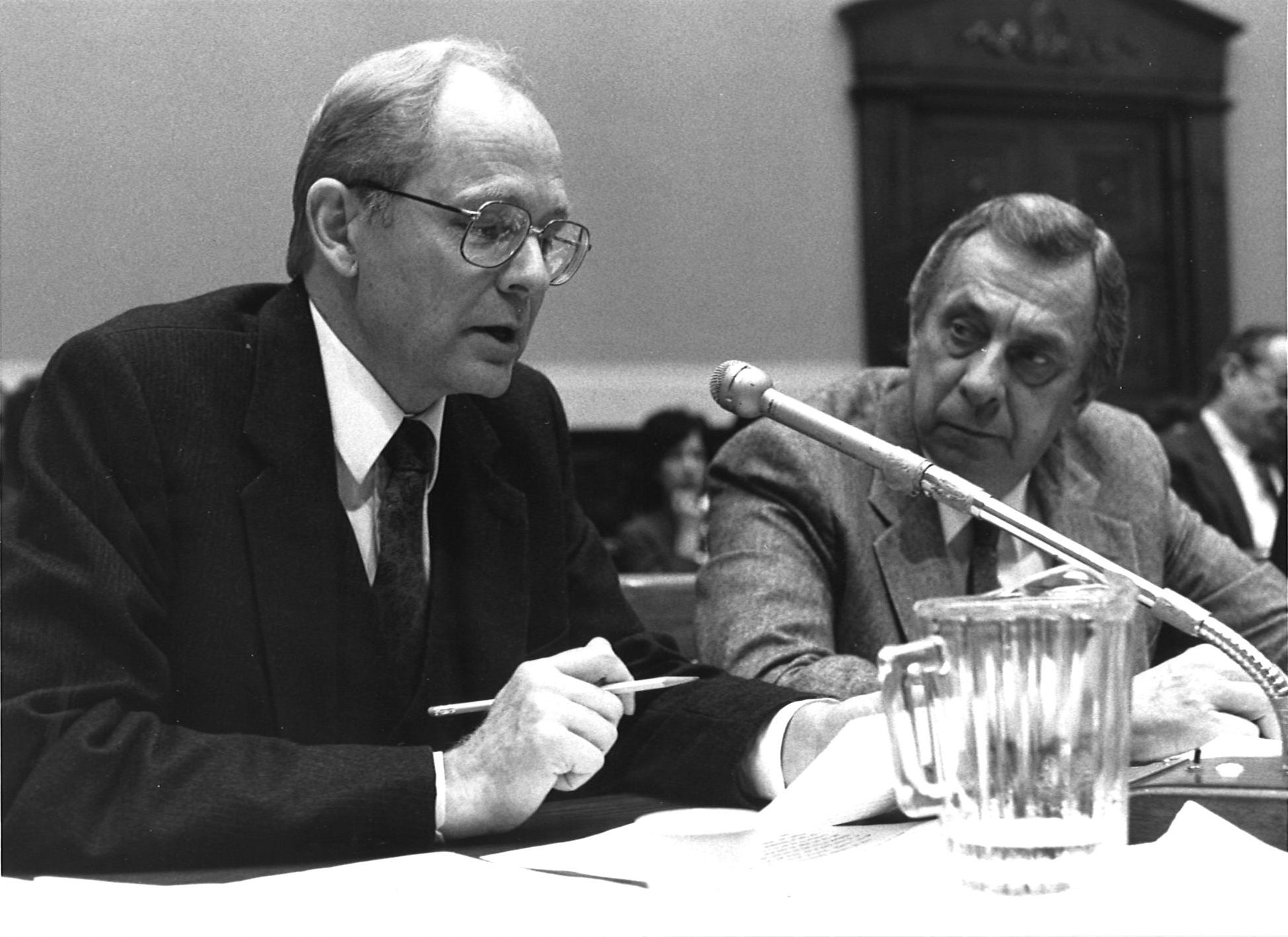Tag: WHYY
What WHYY learned from launching a podcast for kids
“Make sure you have resources to devote to marketing. There is no such thing as a great podcast with no listeners.”WHYY releases new kids-focused podcast, and other news in podcasting
Radiotopia has announced Podquest finalists, and APM is adding a new podcast.Orlando tragedy prompts WHYY to premiere gay history film online
The documentary commemorates a July 4, 1965, march for gay awareness at Philadelphia’s Independence Hall.How public radio has ‘far exceeded’ Bill Siemering’s vision
“Everyone should be grateful that there is National Public Radio in this country.”WHYY partners with nonprofit on storytelling project
The station will work with local nonprofit First Person Arts to develop live events, a radio program and a podcast.WHYY finds interest in PBS Passport premium among radio audience as well
In December 2015, the station began promoting Passport, PBS’s members-only streaming service, on WHYY-FM.As Philadelphia newspapers turn to nonprofits, who is ‘public media’?
The arrival of a new institute expands the city’s “vibrant economy” of publicly supported journalism.WHYY introduces cameras to classrooms as gateway for young storytellers
The pubcaster is helping Philadelphia students learn digital media skills with a three-year program.WHYY resignations reportedly disrupt talks about large grant
The departure of Chris Satullo from WHYY has complicated talks about a potentially large grant to the station, the Philadelphia Inquirer reported Saturday. According ...PlanPhilly managing editor leaves WHYY
Matt Golas resigned from his position Thursday.Departure of Chris Satullo prompts questions about future of news operation at WHYY
Employees are concerned in the wake of the WHYY news chief’s sudden resignation.WHYY news VP Chris Satullo is leaving station
His last day is Sept. 11.PlanPhilly sees brighter future with move to WHYY
PlanPhilly, a nonprofit newsroom that looks at design and development issues in Philadelphia has moved to WHYY from the University of Pennsylvania ...WHYY awarded grant to archive 38 years of Fresh Air
Around 8,000 episodes of Fresh Air will be made available to the public in 2016.WHYY prototypes dashboard to measure audience engagement
An attempt by Philadelphia’s WHYY to measure the impact of its news website has its execs asking bigger questions about the best ...








